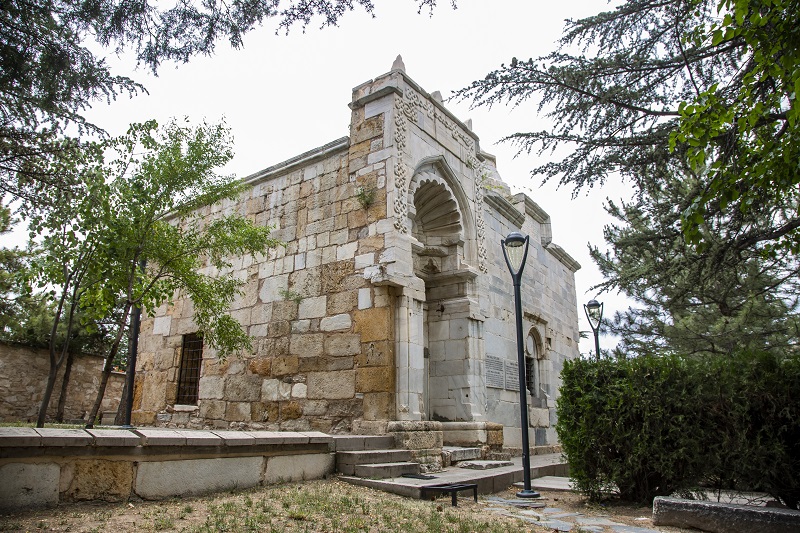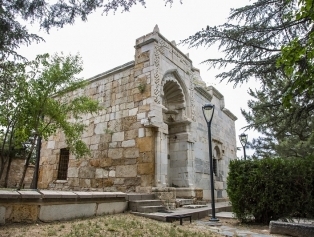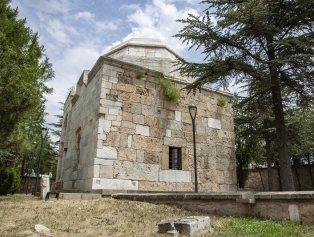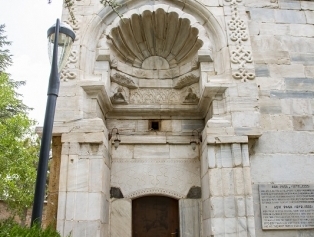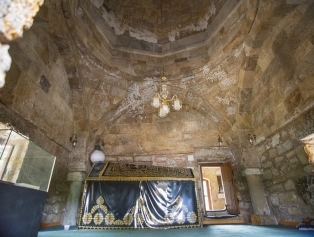- Aşık Paşa Tomb ADD TO MY ROUTE
Aşık Pasha, whose real name was Ali, was born in Arapsun in H. 670 / A.D. 1272 and died in Kırşehir in H. 733 / A.D. 1333. Aşık Pasha, who uses Pure Turkish in his works, learned his religious and mystic knowledge from Sheikh Süleyman Türkmani. Aşık Pasha established a lodge in Kırşehir. Aşık Pasha's work "Garipname", which consists of 10,613 couplets, is important because it was written in Turkish. Garipname is Aşık Paşa's most well-known work. The Aşık Paşa Tomb is located on the hill on the Ankara-Kayseri road, inside the large cemetery in the Aşık Paşa Neighborhood. The building was built as a single storey, two-part building. The entrance door has a rectangular plan, and the section where Aşık Paşa's sarcophagus is located has a square plan and a dome. The crown gate of the tomb is one of the unique examples of the Anatolian Seljuk Ornamental Art. The 10-slice oyster shell-shaped cavalier and the braided ornaments surrounding it are the most striking elements on the crown door. Since the dome of the building resembles a Kyrgyz tent, it is thought that its architect was a Turk who came with the Khorasan saints. In the three-line inscription of the building, it is stated that Aşık Pasha was the son of Sheikh Pasha Muhlis, the year he was born, the year and the day of his death. Aşık Pasha reacted to those who admire Persian and Arab cultures, and addressed those who were immersed in foreign cultures as follows. “No one would look at the Turkish language, every secret heart would not flow to the Turks, even the Turks did not know these languages, Fine way, great ranges"
Source:
https://kirsehir.ktb.gov.tr/TR-195633/asik-pasa.html
- Nearby Locations
